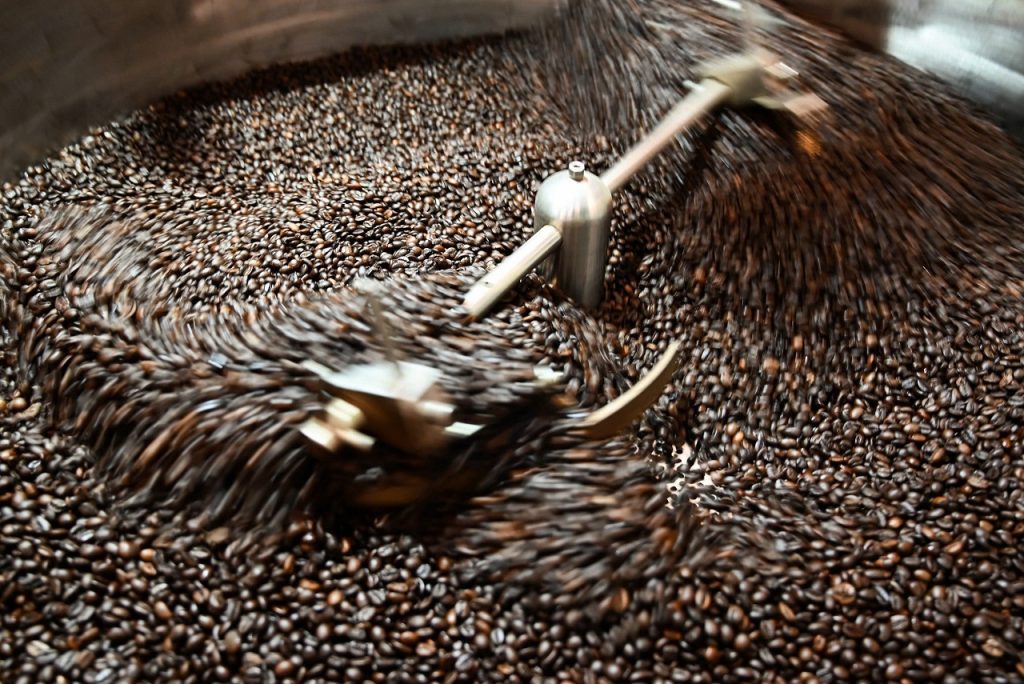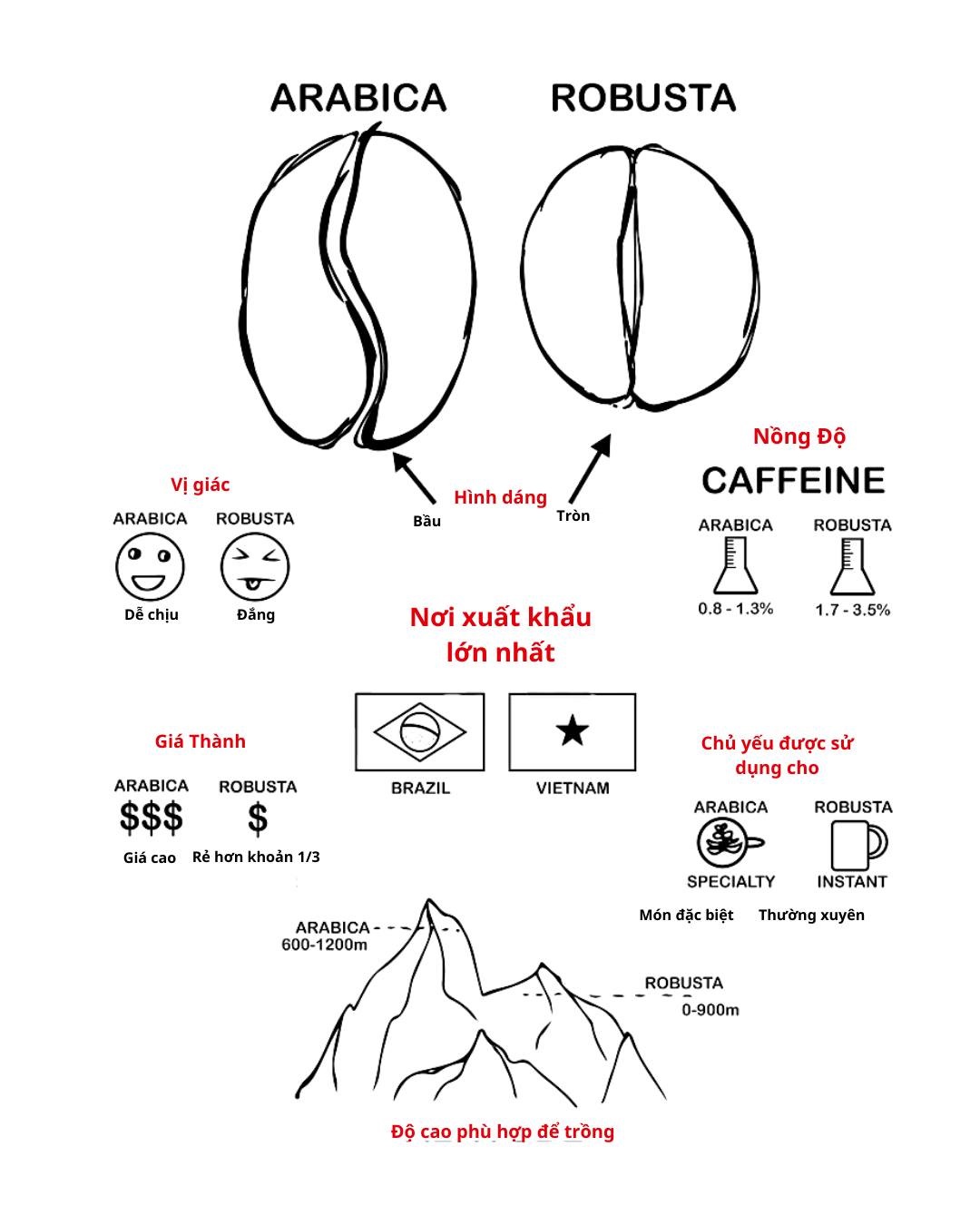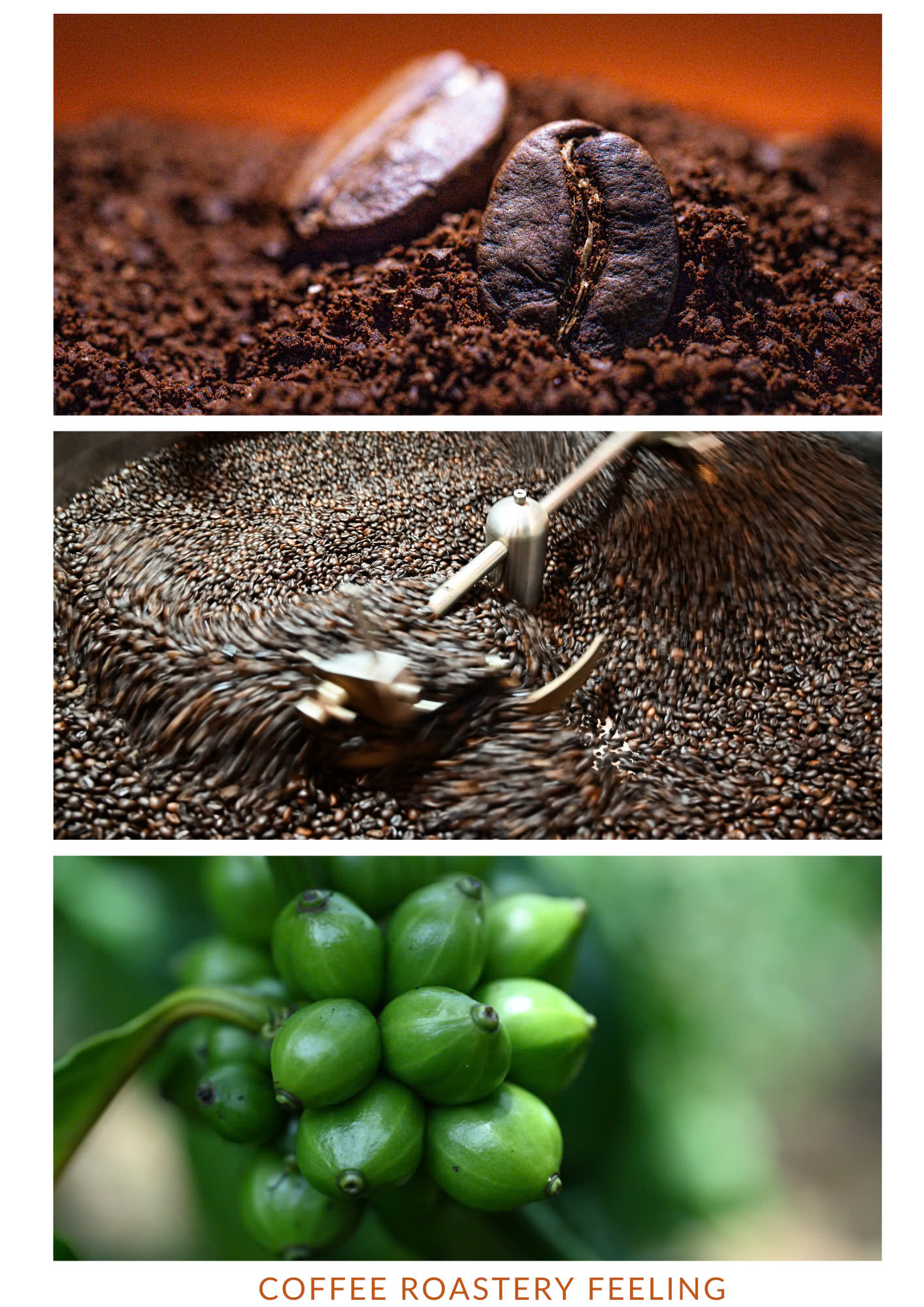Vietnamese coffee is becoming a notable player in the global coffee industry. As one of the world’s top exporters of robusta beans, Vietnam has long contributed to global coffee supplies. Now, its distinctive flavors and cultural brewing methods are gaining international recognition.

This article explores Vietnamese coffee’s historical origins, unique brewing styles, and growing presence in the specialty market. Whether you are a professional in the coffee trade or an interested consumer, this guide will offer valuable insight into a dynamic and evolving coffee culture.
French colonists introduced coffee to Vietnam in the mid-19th century. The Central Highlands—especially Lam Dong and Dak Lak provinces—provided ideal growing conditions for the crop.
Though initially rooted in European coffee traditions, Vietnamese farmers and consumers developed their practices. Over time, this resulted in a distinctive coffee culture with unique preparation and consumption methods.
Vietnam specializes in robusta coffee, a bean variety known for its higher caffeine content, lower acidity, and bold, bitter flavor. Vietnam leads the world in robusta production, accounting for over 40% of the global supply.
Historically, robusta was considered inferior to arabica. However, this perception is changing. Improved cultivation and processing techniques are elevating robusta’s quality. Vietnamese brands like Dalakon are producing high-grade robusta beans that meet specialty standards.
The phin filter is central to Vietnamese coffee preparation. This small, stainless-steel device brews coffee by allowing hot water to drip slowly through ground coffee into a cup.

The resulting brew is strong and concentrated. It is often served with condensed milk (cà phê sữa đá), a custom born during colonial times when fresh milk was scarce. This rich and sweet drink has become a hallmark of Vietnamese coffee.
Coffee consumption in Vietnam is deeply social. From sidewalk cafes to garden courtyards, coffee is enjoyed slowly and communally. Locals often gather for cà phê đen (black coffee) or cà phê trứng (egg coffee) while socializing or conducting business.
This relaxed and meaningful approach contrasts with the fast-paced, takeaway culture found elsewhere. As global consumers seek more authentic and immersive coffee experiences, Vietnam’s approach is increasingly appealing.

Vietnamese coffee is gaining traction internationally in several ways:
- Artisan Roasters: Brands like Dalakon focus on quality roasting and ethical sourcing.
- Cafes Abroad: Vietnamese-style cafes are emerging in cities like Los Angeles, Paris, and Melbourne.
- Retail Expansion: Premium Vietnamese coffee products are now available online and in global specialty markets.
- Barista Innovation: Coffee professionals are using Vietnamese beans in creative ways, highlighting their versatility.
Modern Vietnamese coffee brands combine heritage with innovation. Dalakon sources beans from highland farms using sustainable practices. Their roasted coffee highlights robusta’s potential when carefully handled.
Dalakon also emphasizes transparency and storytelling. Their packaging often includes origin details and producer information, appealing to conscious consumers.
Vietnamese coffee offers a distinct sensory experience. General characteristics include:
- Strong and Bold: Especially when brewed with a phin filter.
- Chocolate and Nut Notes: Common in robusta beans from volcanic soil.
- Thick Body: A rich mouthfeel that pairs well with condensed milk.
- Low Acidity: Smooth and accessible, even in concentrated form.
These qualities make Vietnamese coffee suitable for both traditional recipes and modern specialty drinks.
Despite its growth, Vietnamese coffee faces several challenges:
- Robusta Bias: Robusta is still viewed as lower quality by some consumers and professionals.
- Lack of Awareness: Global audiences are often unfamiliar with traditional Vietnamese brewing methods.
- Inconsistent Standards: Some mass-market products fail to reflect the bean’s true quality.
However, these challenges are being addressed through education, improved quality control, and brand storytelling.
To explore Vietnamese coffee at home:
- Choose Authentic Beans: Select beans from reputable Vietnamese producers.
- Use a Phin Filter: Affordable and effective for authentic preparation.
- Try Traditional Recipes: Explore drinks like cà phê sữa đá and egg coffee.
- Experiment with Roasts: Discover your preferred flavor profile.
This hands-on approach enhances your understanding of Vietnamese coffee.
Vietnamese coffee is earning its place on the global stage through a combination of tradition, flavor, and innovation. With its strong cultural roots and growing focus on quality, it appeals to modern consumers seeking authenticity and transparency.
Whether through a phin-brewed cup at home or a bag of Dalakon beans, Vietnamese coffee offers more than just caffeine—it offers a connection to culture and craft. Explore premium Dalakon Vietnamese coffee at vgreenpro.com.





